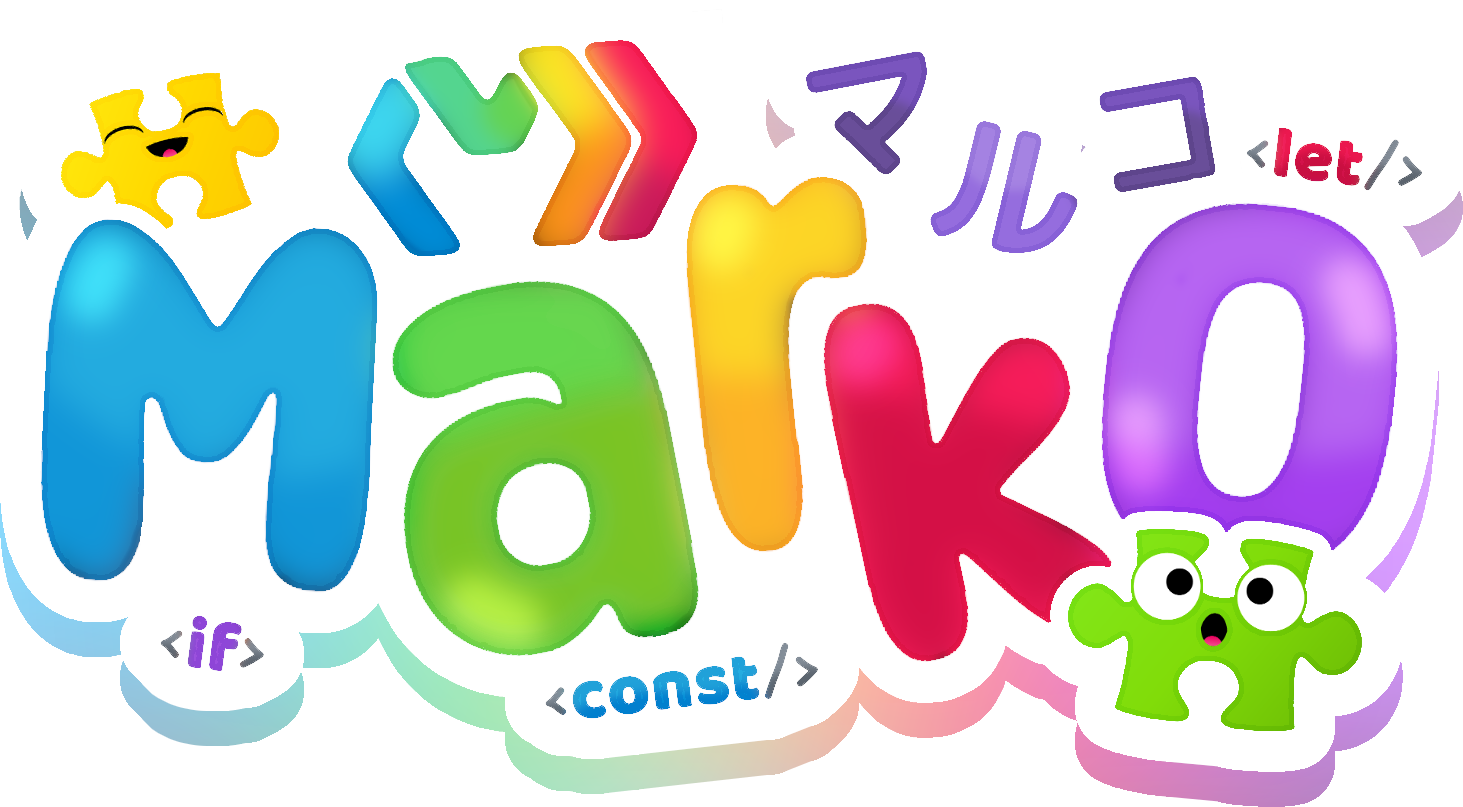
Getting started
Setup
Marko Run (Recommended)
Marko Run makes it easy to get started with little to no config and is the recommended starting point for a new Marko project.
To set up your project:
npm init marko -- -t basiccd ./<PROJECT_NAME>npm run dev
Open src/routes/_index/+page.marko in your editor to change the index page. See the routing documentation to learn how to add additional pages to your project.
Other setups
If you just want to test out Marko in your browser, use the Try Online feature. You can open it in another tab and follow along. For other setups, check out the Installation page.
Hello world
Marko makes it easy to represent your UI using a syntax that is like HTML:
hello.marko
<h1>Hello World</h1>
h1 -- Hello World
In fact, Marko is so much like HTML, that you can use it as a replacement for a templating language like handlebars, mustache, or pug:
template.marko
<!doctype html> <html> <head> <title>Hello World</title> </head> <body> <h1>Hello World</h1> </body> </html>
<!doctype html> html head title -- Hello World body h1 -- Hello World
However, Marko is much more than a templating language. It's a language that allows you to declaratively build an application by describing how the application view changes over time and in response to user actions.
In the browser, when the data representing your UI changes, Marko will automatically and efficiently update the DOM to reflect the changes.
A simple component
Let's say we want to perform an action once a <button> is clicked:
button.marko
<button>Click me!</button>
button -- Click me!
Marko makes this really easy, allowing you to define a class for a component right in the .marko view and call methods of that class with on- attributes:
button.marko
class { sayHi() { alert("Hi!"); } } <button on-click("sayHi")>Click me!</button>
class { sayHi() { alert("Hi!"); } } button on-click("sayHi") -- Click me!
Adding state
Alerting when a button is clicked is great, but what about updating your UI in response to an action? Marko's stateful components make this easy. All you need to do is set this.state from inside your component's class. This makes a new state variable available to your view. When a value in this.state is changed, the view will automatically re-render and only update the part of the DOM that changed.
counter.marko
class { onCreate() { this.state = { count: 0 }; } increment() { this.state.count++; } } <div>The current count is ${state.count}</div> <button on-click("increment")>Click me!</button>
class { onCreate() { this.state = { count: 0 div -- The current count is ${state.count} button on-click("increment") -- Click me!
Contributors
Helpful? You can thank these awesome people! You can also edit this doc if you see any issues or want to improve it.